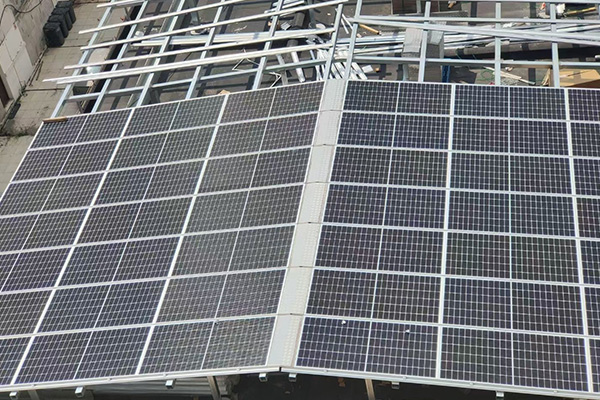In the era of sustainable development, Building-Integrated Photovoltaic (BIPV) solar mounting systems have emerged as a revolutionary solution, seamlessly blending solar energy generation with architectural design. Unlike traditional bolt-on solar panels, BIPV systems are integrated directly into the building structure, replacing conventional building materials such as roofing tiles, facade cladding, or windows.
One of the most significant advantages of BIPV solar mounting systems is their aesthetic appeal. By becoming an integral part of the building, they eliminate the visual intrusion often associated with traditional solar panels, allowing architects to maintain the original design concept while adding a touch of modernity. This makes BIPV systems particularly suitable for high-profile commercial buildings, cultural landmarks, and residential projects where appearance matters.
Functionally, BIPV systems offer excellent energy efficiency. The solar modules are strategically positioned to maximize sunlight exposure, optimizing energy production. Additionally, as they are part of the building envelope, they can provide thermal insulation, reducing the building’s cooling and heating demands and further enhancing energy savings. For example, BIPV-integrated roofs can act as a barrier against heat in summer and retain warmth in winter, improving the overall comfort of the building.
In terms of durability, BIPV solar mounting systems are designed to withstand various weather conditions. Advanced materials and engineering techniques ensure that they can endure heavy rain, strong winds, and even snow loads, guaranteeing a long lifespan with minimal maintenance requirements. This reliability makes them a cost-effective investment for building owners over the long term.
Looking ahead, with the continuous advancement of technology and increasing global emphasis on renewable energy, the market for BIPV solar mounting systems is expected to grow exponentially. Innovations in materials, such as transparent solar cells for windows and flexible modules for curved surfaces, will expand their application scope, making BIPV systems an even more attractive choice for sustainable building design.

